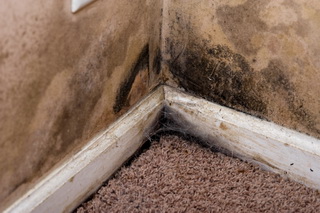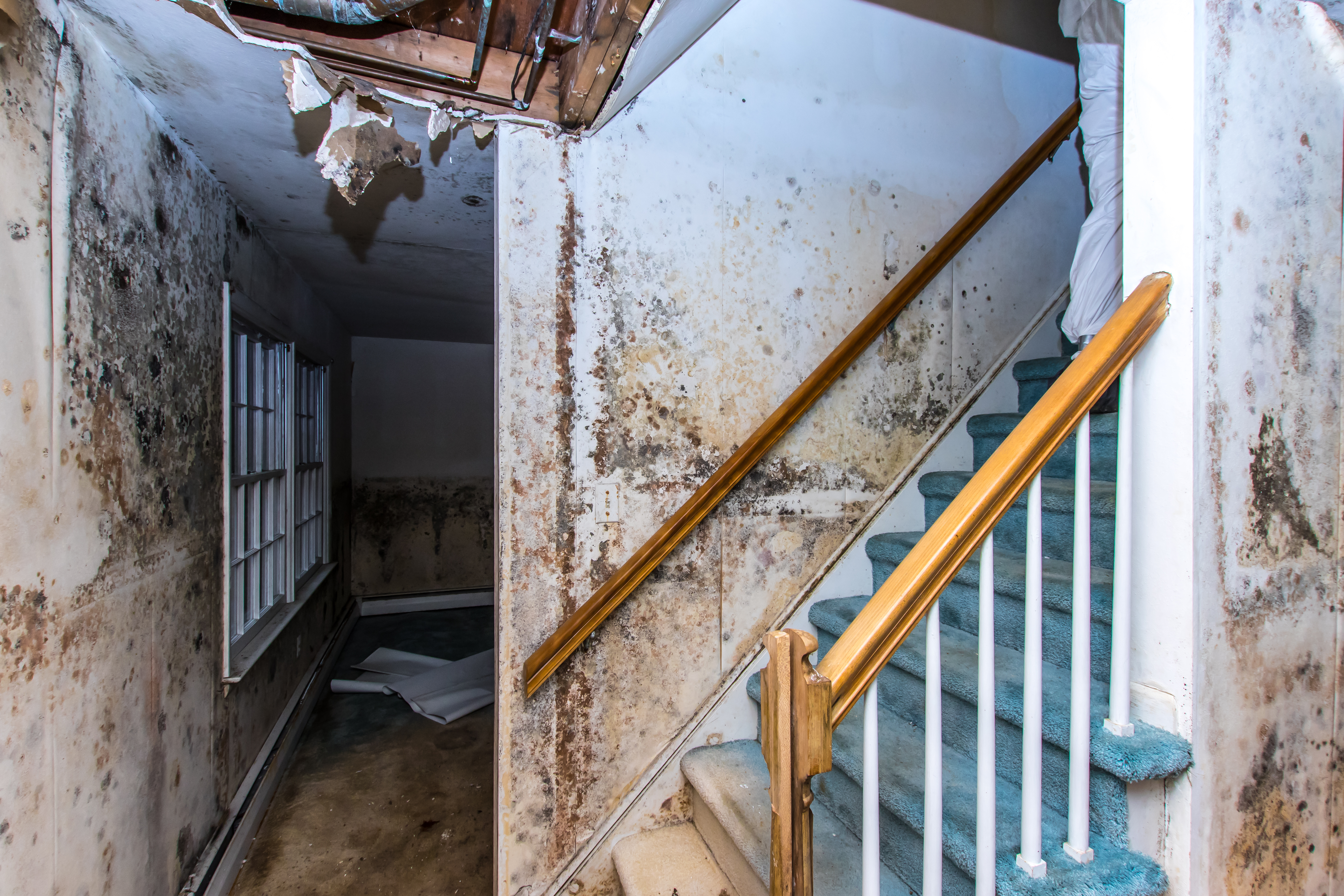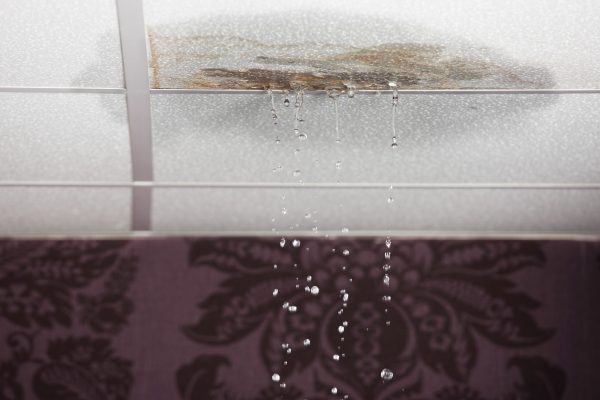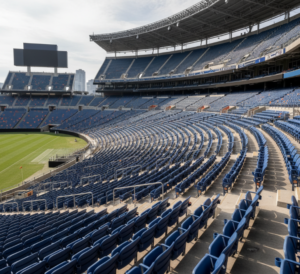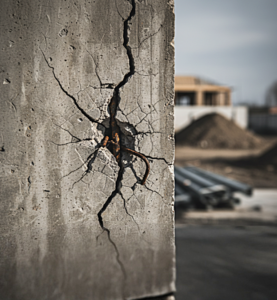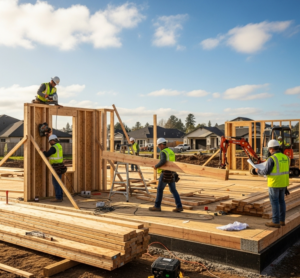It is not always obvious but “mold is everywhere.” Literally there are spores in the air you are breathing right now. When air samples are taken, there is never a zero count of mold spores for “clean” areas.
Mold grows in almost any dark moist location. Not only can it grow on food (bread, cheese, etc.) but it grows on trees and in other areas such as basements and in walls and ceilings and air conditioners. Why is this important to know? It is important because mold can cause structural weakness in the materials that attract it. Residential and commercial structures that use wood can ultimately fail after repeated exposure to water. Water exposure from defective roofs, leaking pipes, groundwater through walls and foundations, or elevated moisture levels due to lack of ventilation and/or vapor barriers causes damage to wood and drywall. Therefore, sagging roofs, floors and ceilings may be indicators of mold growth.
What causes mold growth in homes and commercial buildings? It can be created by water from a pipe breaking, a flood or a constant leak. Within 24 to 48 hours, mold can begin to grow after building materials such as wallboard, carpeting and ceiling tiles become exposed to elevated moisture levels. As well, mold can grow when buildings are inadequately designed or constructed and water seeps in. Also poor maintenance of ventilation systems creates the conditions for mold to grow. Wherever condensation collects there is the potential for water to accumulate causing moldy conditions.
How do you identify the cause and extent of the problem? CED uses the scientific method to determine the origin and cause of the moisture or water problems which cause mold. We identify the underlying problem from which the water source is coming (i.e. poor ventilation, building envelope breach, leaky roof, lack of vapor barrier, etc.) CED completes the following steps during an investigation:
1. When a mold odor or visible mold is observed by an individual, CED would review documents reporting the problem, items detailing the history of the problem and maintenance documentation.
2. We would conduct a physical site inspection. CED looks at the observed areas of concern and may also look behind walls, above ceilings, inside air conditioners or wherever we believe mold may exist.
a. During this inspection, the engineer looks for the cause of the moisture. They try to determine was it due to flooding, were there leaks from rain and poor construction, did the fire sprinkler system leak, or were there abnormal amounts of condensation in the air conditioner or ventilation system causing a wet & moldy environment.
b. Should sample collections become necessary, they can be completed by companies with the appropriate equipment.
3. After completing the investigation and determining the cause of the problem, we generate a report describing the nature of the substance, and the origin and cause of the growth.
In conclusion, after observing mold, the building or home owner should develop a strategy to (1) discover the moisture or water source (CED can assist with this process), (2) fix whatever is causing the moisture problem which led to the mold growth and (3) develop a remediation plan. Finally, to remediate the problem in a safe manner, use a remediation company. These trained experts remediate mold in such a way that fungal debris is not spread into the air where it can be breathed.
Should you have any questions or want CED to assist with an inspection, call us at 800.780.4221 or visit us online at www.cedtechnologies.com.
